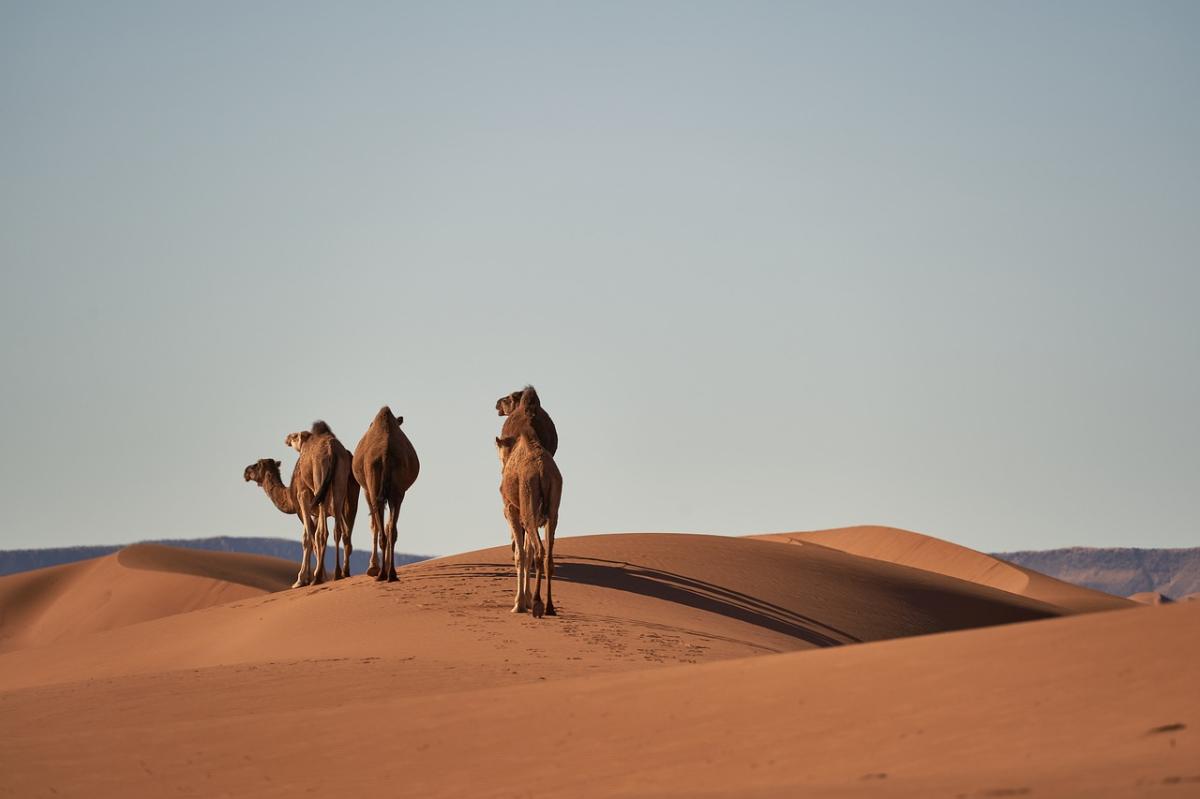
Preserving Morocco’s Natural Treasures
Morocco is a country of contrasts, where the ancient and the modern coexist in harmony. It is also a country of rich biodiversity, where you can find a variety of landscapes, climates, and wildlife. From the Mediterranean coast to the Sahara desert, from the Rif mountains to the Atlas ranges, Morocco offers a wealth of natural wonders to explore and admire.
However, Morocco’s natural heritage is also under threat from various factors, such as habitat loss, overexploitation, climate change, and invasive species. To protect and conserve its wildlife and ecosystems, Morocco has established several wildlife sanctuaries, reintroduced some extinct species, and implemented various conservation initiatives. In this article, we will take a closer look at some of Morocco’s most remarkable wildlife and conservation efforts.
Wildlife Sanctuaries in Morocco
One of the ways that Morocco is preserving its natural treasures is by creating wildlife sanctuaries, which are areas where animals and plants are protected from human interference. These sanctuaries provide a safe haven for endangered or threatened species, as well as a place for scientific research and environmental education. Some of the most notable wildlife sanctuaries in Morocco are:
Souss-Massa National Park: This park is located on the Atlantic coast, south of Agadir. It covers an area of 338 square kilometers and includes diverse habitats, such as sand dunes, wetlands, cliffs, and forests. It is home to more than 250 bird species, including the critically endangered northern bald ibis, which has its largest colony in the world here. Other animals that can be found in the park are gazelles, jackals, mongooses, hedgehogs, and reptiles. The park also has a rich cultural heritage, with several historical monuments and archaeological sites.
Toubkal National Park: This park is situated in the High Atlas mountains, about 70 kilometers south of Marrakech. It covers an area of 380 square kilometers and includes the highest peak in North Africa, Mount Toubkal (4,167 meters). It is a popular destination for hikers and climbers, who can enjoy the stunning views of the snow-capped mountains and valleys. The park hosts a variety of flora and fauna, such as juniper trees, wild roses, Barbary macaques, golden jackals, wild boars, red foxes, and birds of prey.
Ifrane National Park: This park is located in the Middle Atlas mountains, near the city of Ifrane. It covers an area of 500 square kilometers and has a unique climate and landscape, resembling a European alpine region. It is known for its cedar forests, which are among the oldest and largest in the world. The park is also famous for its wildlife, especially the endangered Barbary leopard, which is one of the rarest cats in the world. Other animals that live in the park are Barbary sheep, Barbary stag, wild cat, porcupine, genet, mongoose, and many bird species.
Atlas Lions: The King of Morocco’s Wildlife
One of the most iconic animals in Morocco’s history and culture is the Atlas lion (Panthera leo leo), also known as the Barbary lion or the Berber lion. This subspecies of lion was once widespread across North Africa and parts of Europe and Asia. It was admired for its large size (up to 3 meters long), dark mane (covering most of its body), and fierce temperament. It was also revered as a symbol of royalty and power by many civilizations.
However, due to hunting, habitat loss, and human conflict, the Atlas lion became extinct in the wild by the mid-20th century. The last known wild Atlas lion was killed in Morocco in 1942. The only surviving specimens were kept in captivity in zoos or private collections around the world.
In recent years, however, there have been efforts to revive this majestic animal and reintroduce it to its native habitat. In 2015, Morocco received two pairs of Atlas lions from zoos in France and Germany as part of a breeding program. The lions were placed in Rabat Zoo and Temara Zoo respectively. In 2016, the first litter of Atlas lion cubs was born in Rabat Zoo. The goal is to eventually release some of these lions into Souss-Massa National Park or another suitable location.
The reintroduction of the Atlas lion is not only important for restoring Morocco’s natural heritage but also for raising awareness about wildlife conservation among locals and tourists alike.
Conservation Initiatives in Morocco
Besides creating wildlife sanctuaries and reintroducing extinct species, Morocco has also implemented other conservation initiatives to protect its natural treasures. Some examples are:
The Moroccan Biodiversity Strategy: This is a national plan that aims to conserve and sustainably use Morocco’s biological diversity, as well as to integrate it into the country’s social and economic development. The strategy was adopted in 1995 and revised in 2016. It covers various aspects, such as legislation, policy, research, education, communication, and cooperation. It also identifies priority actions and targets for different sectors and regions.
The Moroccan Association for Falconry and Conservation of Raptors (AMFCR): This is a non-governmental organization that was founded in 2004 by a group of falconers and raptor enthusiasts. The association’s main objectives are to promote the art and culture of falconry, to protect and conserve raptors and their habitats, and to educate the public about the importance of these birds. The association organizes various activities, such as falconry festivals, raptor surveys, rehabilitation programs, awareness campaigns, and training courses.
The Moroccan Primate Conservation Foundation (MPCF): This is a non-profit organization that was established in 2010 by a team of primatologists and conservationists. The foundation’s mission is to conserve the endangered Barbary macaque (Macaca sylvanus), which is the only primate species native to Morocco and Algeria. The foundation works on several projects, such as habitat restoration, population monitoring, anti-poaching patrols, community engagement, ecotourism development, and environmental education.
Conclusion
Morocco is a country that boasts a rich and diverse wildlife, which reflects its geographical and cultural diversity. However, Morocco’s wildlife is also facing many challenges and threats, which require urgent action and cooperation. By creating wildlife sanctuaries, reintroducing extinct species, and implementing conservation initiatives, Morocco is showing its commitment and responsibility to preserve its natural treasures for the present and future generations.
FAQs
Q: What are some of the most endangered animals in Morocco?
A: Some of the most endangered animals in Morocco are the northern bald ibis, the Barbary leopard, the Barbary sheep, the Barbary stag, and the Mediterranean monk seal.
Q: What are some of the benefits of wildlife conservation in Morocco?
A: Some of the benefits of wildlife conservation in Morocco are enhancing biodiversity, maintaining ecosystem services, supporting livelihoods, promoting tourism, preserving cultural heritage, and improving human well-being.
Q: How can I get involved in wildlife conservation in Morocco?
A: There are many ways to get involved in wildlife conservation in Morocco, such as donating to or volunteering for a conservation organization, visiting a wildlife sanctuary or park, adopting or sponsoring an animal, reporting any illegal or harmful activities to the authorities, spreading awareness and education among your friends and family, and adopting eco-friendly habits and practices.
Q: What are some of the challenges or obstacles for wildlife conservation in Morocco?
A: Some of the challenges or obstacles for wildlife conservation in Morocco are lack of funding and resources, poverty and unemployment, conflict and instability, climate change and natural disasters, poaching and trafficking, habitat loss and fragmentation, overgrazing and overfishing, pollution and waste, invasive species and diseases, and low public awareness and participation.
Q: What are some of the best places to see wildlife in Morocco?
A: Some of the best places to see wildlife in Morocco are Souss-Massa National Park (for northern bald ibis), Toubkal National Park (for Barbary macaques), Ifrane National Park (for Barbary leopards), Merzouga Desert (for sand cats), Oued Massa (for flamingos), Oukaimeden (for golden eagles), Oualidia Lagoon (for spoonbills), Dakhla Bay (for dolphins), Essaouira (for gulls), and Chefchaouen (for butterflies).
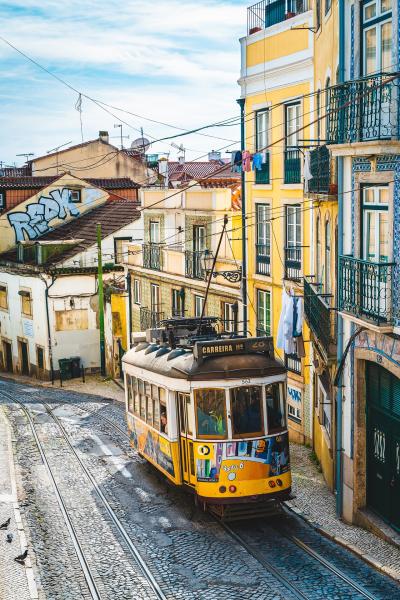
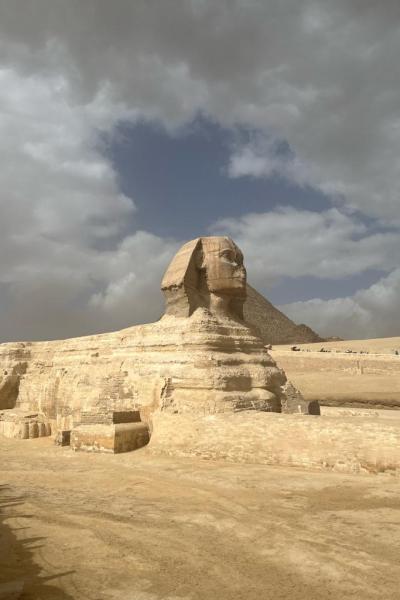
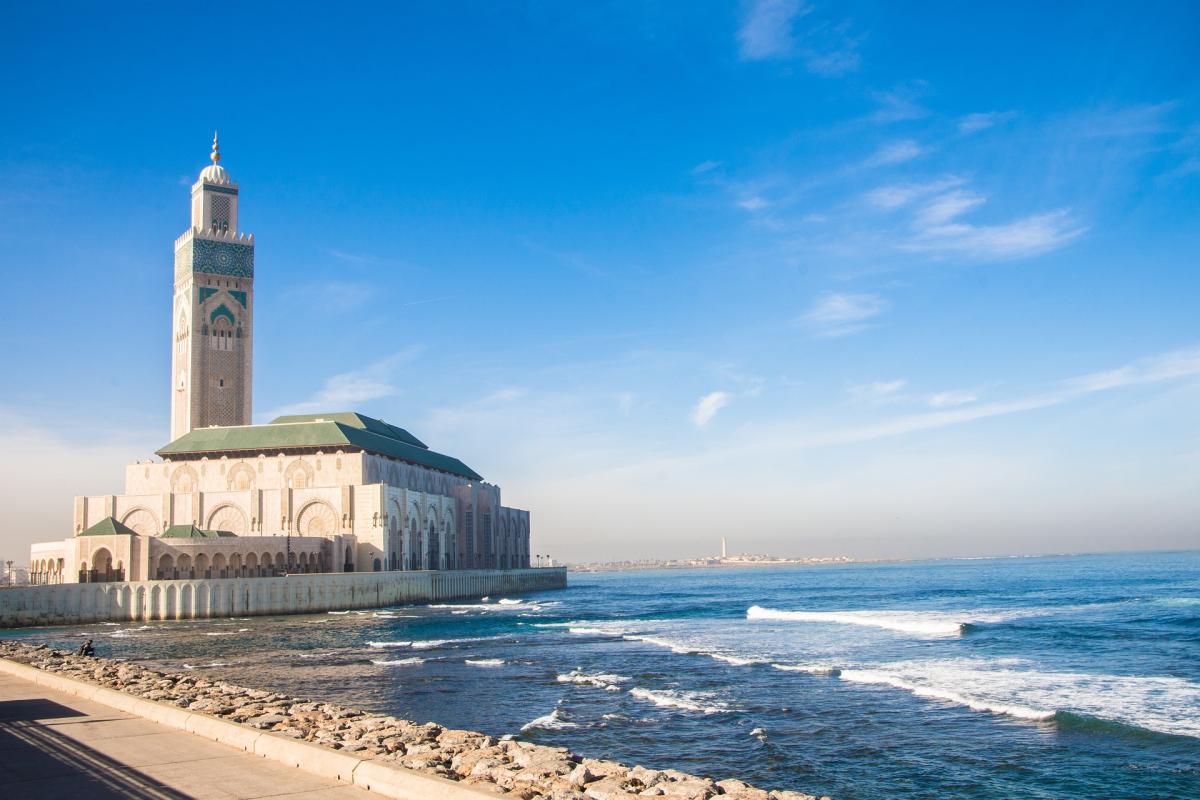
Morocco is a country of dazzling diversity, a place where the senses are awakened by the scent of spices in a bustling souk, the sight of the sun setting over the vast Sahara, the taste of sweet mint tea, and the ancient call to prayer echoing through a labyrinthine medina. It is a destination that offers...
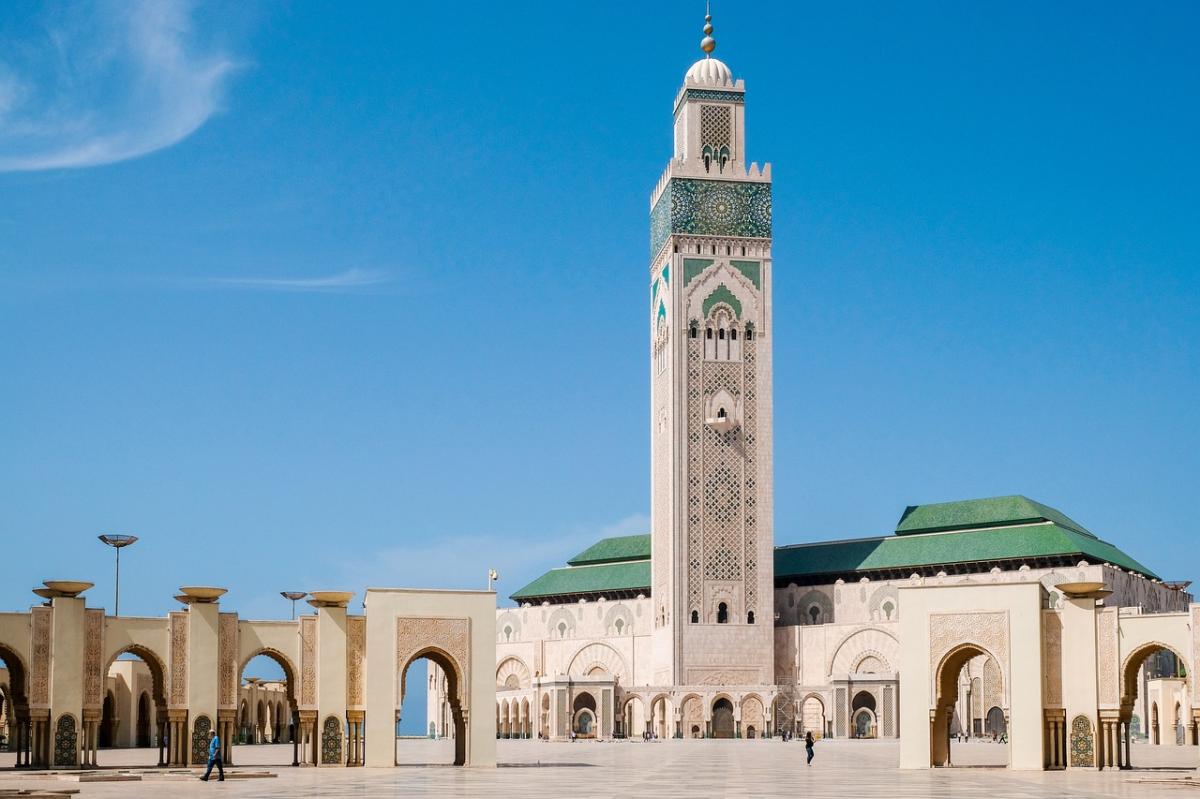
Morocco is a country that captivates the imagination of many travelers. It is a land of contrasts, where ancient and modern coexist, where mountains and deserts meet, where Arab and Berber cultures blend, and where Africa and Europe touch. Morocco is a place where you can experience the richness of history,...
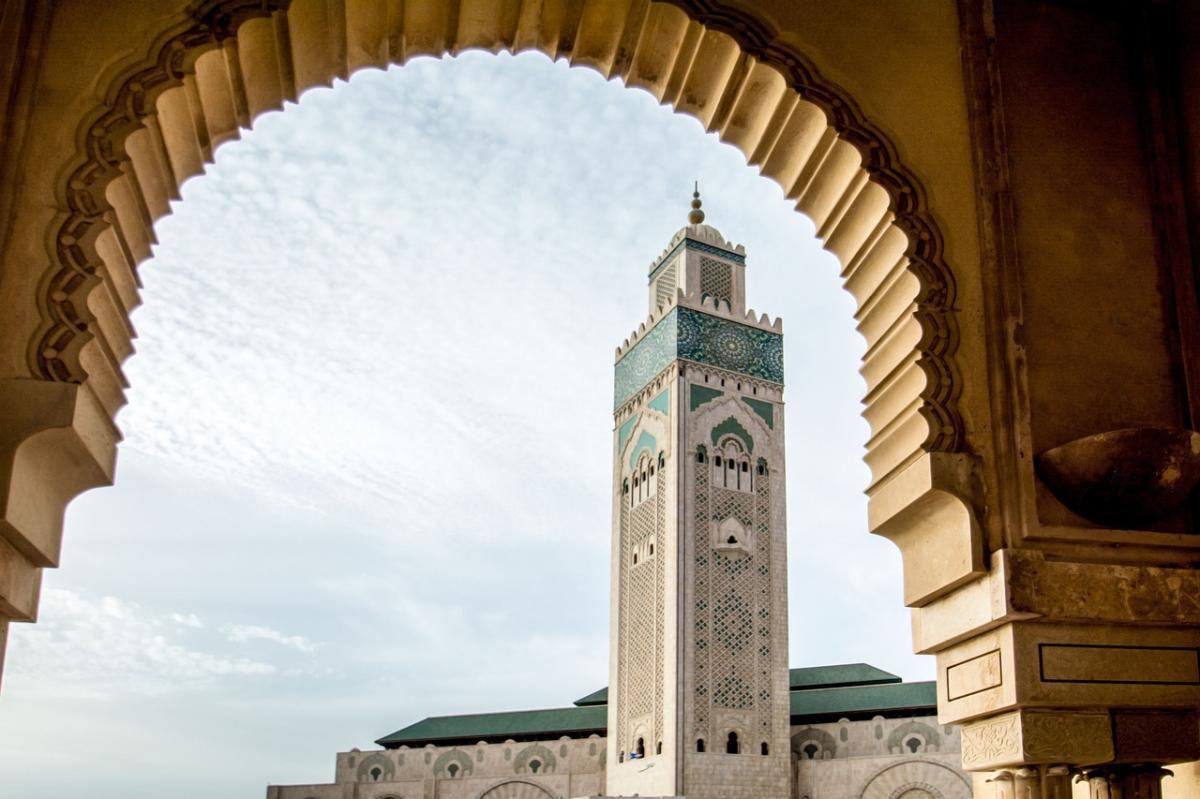
Casablanca is one of the most exciting cities in Morocco. It is a vibrant, lively city with plenty to offer visitors and locals alike. Situated on Moroccos Atlantic coast, Casablanca offers a unique blend of old-world charm and modern convenience that makes it an exciting place to explore. As the largest...